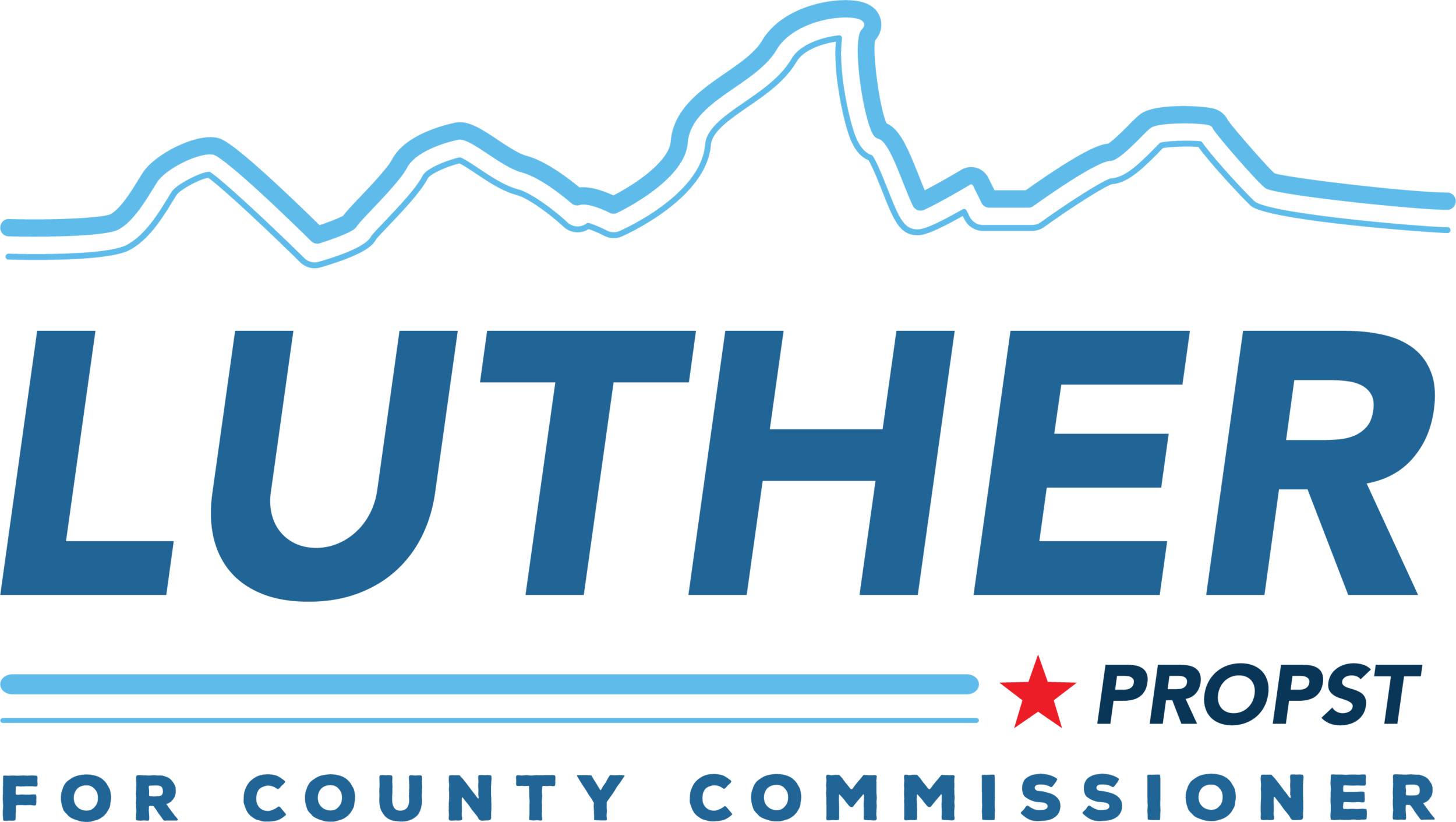State Trust Lands in Teton County
"This lawsuit and related efforts will play a major role in determining the future of all these state lands."
The Teton County Board of County Commissioners filed a lawsuit on June 21 challenging the June 2 decision of the State Board of Land Commissioners (SBLC) approving development of state trust land at the north end of highway 390, near the entrance to Grand Teton National Park, Jackson Hole Mountain Resort, and Teton Village.
The SBLC approved two uses: 800 self-storage units and an 11 unit “glamping” hotel. They did so using a temporary use permit (TUP), rather than a more conventional lease or special use permit. By doing so, the state avoided their requirement that development on state land adhere to local development regulations. The county claims that the state should have used a special use permit to review this type of development.
This matters because these uses do not comply with the county’s rules for development. These rules protect the public health, safety and general welfare – e.g. mitigating traffic issues on highway 390 (including access for emergency service vehicles to Teton Village), protecting water quality and wildlife, and protecting the scenic values that are the foundation of our economy.
You can view the petition here, and read more in the News and Guide article, "County sues state over glamping and storage permits."
So, why does this matter?
The state owns about 4,500 acres around Southern Teton County – near Teton Village, in Grand Teton National Park east of Kelly Warm Springs, on Munger Mountain, along the Snake River and within Bridger Teton National Forest.
This lawsuit and related efforts will play a major role in determining the future of all these state lands.
I join nearly everyone in Teton County in supporting the state’s goal of generating revenue from state trust lands for public education. In the case of the glamping and self-storage proposals, Snake River Ranch and Teton County had put forth a vision to the SBLC for the parcels that would generate as much or more revenue from state land than these approved developments.
Cutting out the procedural complexities (and perhaps over-stating a bit), there are two competing paths for realizing state and local goals for the state parcel on highway 390 and other state trust lands in Teton County.
One path generates revenue and builds long-term value while being consistent with its surroundings on a scenic corridor at the entrance to Grand Teton National Park and Teton Village. This path is cooperative, respects wildlife and water quality, and minimizes traffic congestion on highway 390.
The other path is more consistent with suburban Phoenix. This path is divisive, unduly threatens wildlife and water quality, promotes gridlock on highway 390, and brings well, self-storage units, and perhaps chain restaurants, suburban hotels, and what else, casinos and junk yards?
I hope that an outcome of the county’s lawsuit is that the Wyoming Office of State Lands and Investments, Teton County, Teton Village, Jackson Hole Mountain Resort, and the Jackson Hole community will work together to generate significant, long-term revenue for public education with land use decisions that respect wildlife, water quality, and our community.
Let’s do this together and let’s do it right.
